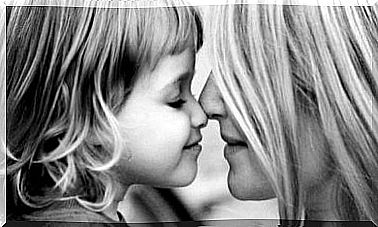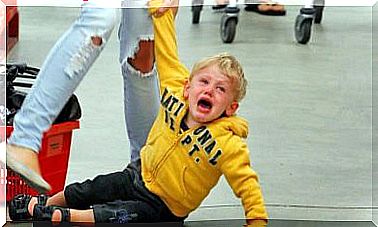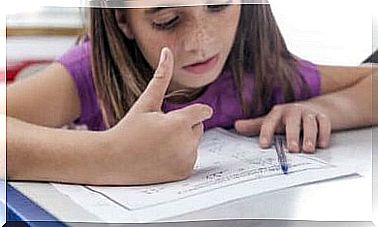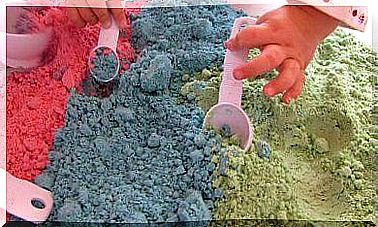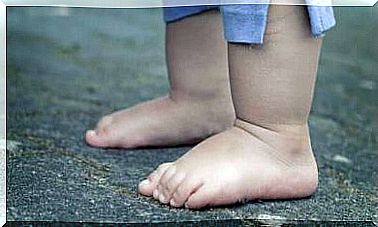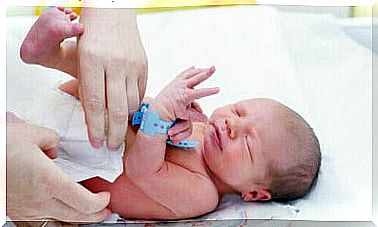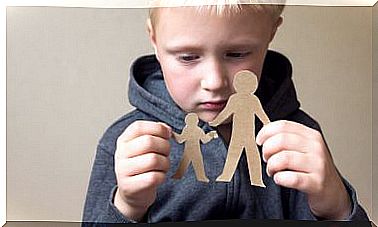Why Does A Child Get Angry Repeatedly About Everything Possible?

The fact that a child is constantly angry at everything possible is often a sign of the underlying problems. This is why it is important to pay attention to the behavior and provide the child with the attention and help he or she needs.
What is anger?
Anger is one of the basic feelings alongside joy, sorrow and fear. Depending on the source, basic feelings also include love, surprise, disgust, guilt, shame, tension, and anxiety. These are common to all cultures and are expressed in similar expressions and gestures. Anger is a strong anger, malice, aversion, rage, or other similar feeling to a thing or person.
Young children do not yet know how to control their emotions, so emotions easily take over and are felt to be very strong. There is nothing wrong with the child’s momentary feelings of anger, but problems arise when the behavior caused by the anger becomes repetitive or otherwise harmful.
Children are angry with everything possible
By paying close attention to a child’s behavior, parents can identify the causes of anger and angry behavior. For example, an unexpected response, an unmet need, a lack of attention or affection, and jealousy can all trigger an angry reaction in a child.

Parents must pay special attention to such cases. Constant anger is not normal or healthy. It is important for parents to begin the process in which they analyze the child’s situation. Whether this happens with the help of a professional or at home, it is designed to help identify the aspects that cause frustration and anger in a child.
Why does a child repeatedly get angry about everything possible?
There are many reasons for a recurring feeling of anger, such as the following:
- Stressful life situations such as the birth of a sibling, parental separation, starting a new school, or the pressures of studying.
- A situation involving persistent and often normalized physical or psychological assault. Such experiences cause two types of reactions in children: learned defensiveness or assault. In the latter case, the child expresses the anger that this abuse causes him. In addition, he may react angrily to other situations that he considers threatening.
- Stress or assault experienced by the mother during pregnancy or in the early years of a child’s life. These experiences can cause emotional reactions and a lack of confidence in the child. The child often reacts aggressively to situations they experience as hostile.
- Frustration and anger in the family. Children learn by imitating and imitating especially the behavior of their parents. When a child encounters angry and frustrated behavior in a family circle, he or she begins to behave in a similar way.
It is very important for the well-being of the child for adults to find out the reasons that lead to the child’s anger and anger. Only in this way can the right measures be taken to change the situation.
How to help a child who is repeatedly angry?
To improve the situation, the adults and parties present in the child’s life must work together. In practice, this means the child’s family and day care or school. It is a good idea for adults to follow these recommendations:

- Calm and respectful attitude. It is important for adults to set an example to the child of the right way to react to situations. Reacting angrily only reinforces the child’s negative reaction.
- Showing interest in the child and his or her feelings. The adult should also respect the child’s interpretation of the situation and events. This makes it easier for the child to understand and may reveal the reasons that lead to the child’s behavior.
- Teaching a child better and more respectful responses. The child should also be encouraged to use these methods, which may include breathing and relaxation exercises, for example.
- Setting clear boundaries and talking about them to the child. The child should be allowed to express their feelings and also their anger, but this should not happen by offending others or breaking things.
- Supporting a child’s emotional self-awareness. When a child reacts to a situation without being angry, it is important to reinforce his or her behavior. The child should be encouraged to think about what he or she is feeling at that moment as well as in a situation where he or she is angry.
- Observing what situations give rise to an angry reaction in the child and avoiding such situations. However, if such a situation arises, the parent should provide the child with alternative ways to react – these are preferably discussed at home in advance. Gradually, the child begins to internalize this new way of facing difficult situations.
- Strengthening the child’s ability to empathize. In cases where a child expresses his or her anger by hurting others, teaching empathy is key. The child must learn to understand how his anger and behavior makes others feel.
Summary
If a child is repeatedly angry with everything possible, it is necessary to intervene. It is necessary not only because the child learns to adapt to his environment, but also to ensure peace for the family, teachers, schoolmates and other people who come into contact with the child. In addition, it helps prevent more serious long-term problems related to emotional and social inability to adapt.
The right kind of intervention provides the child with resources to help him or her control his or her feelings. In addition, it teaches him to search and find good ways to solve the problems that lie ahead. Thus, anger and anger are no longer the child’s automatic reactions to frustrating situations.
